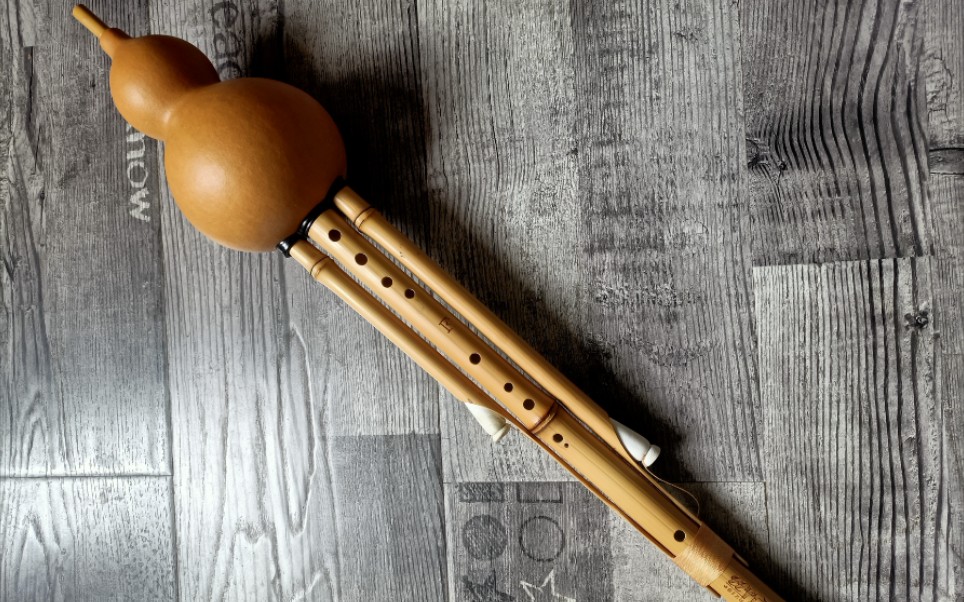Tuning of cucurbit silk
Tuning is to determine the key suitable for expressing its content or performance according to the content of different musical works. The key is the sound position of "do more (1)". Such as: 1=C, then the C tone as "do more (1)" to play is called C tone. 1=D means to play or sing the D sound as "do more (1)", called D key, and so on. Open the 1st, 2nd and 3rd sound holes, close the 4th to 7th sound holes, and the sound produced by playing is the key of "do more (1)", which is the original key of Hulusi and Bawu. Its pitch is equivalent to the sound of any music. , which is what key, such as: the position of the sound name equivalent to the C tone is called the key of C, and the position of the sound name equivalent to the sound of D is called the key of D. At present, the commonly used tunes of cucurbits include C key, D key, and B flat. There are F, A, and G keys in Bawu.

Transposition: In order to express different musical content, the composer has indicated at the beginning of the score what key is used to perform the piece, for example: 1=C; 1=F, etc. When we play Hulusi and Bawu, we can choose to replace the musical instrument of the corresponding key to play according to the key signature requirements of the repertoire. This is a kind of modulation method. Another modulation method can be performed on the instrument. This modulation method requires moving the cucurbit flute and the Bauben tune "do more (1)". To change the key of F, make "re rui (2)" with a tuba. To switch to D, use the drum tone to make "fa" (4), and then change other fingerings accordingly. Due to the limitation of the range and scale arrangement, the traditional cucurbit flute and bawu that are commonly used at present can only be played four times each. tone.
- Open the third hole for "do (1)" and make the fingering table of "sol (bass 5)" (ie: this tone), including the bass "mi (bass 3).
- Open the third hole for "fa (4)" and make the fingering table for "do (1)". Include the bass "la (bass 6)".
- Open the third hole for "sol (5)" and make the fingering table for "re (2)". Include bass "si (bass 7)
- The fingering table for the bass tone "fa (bass 4)". Include bass "re (bass 2).
Note: The above four fingerings are based on the first one, namely: opening the third hole for "do (1)", and the drum sound for the bass "sol (bass 5)", that is, cucurbit flute. Bawu's native tone fingering is the most commonly used. But the learning of the other three fingerings also has practical significance, such as for the performance of other prescribed tunes or the transposition in the tune.
 渝公网安备 50010702504639号
渝公网安备 50010702504639号